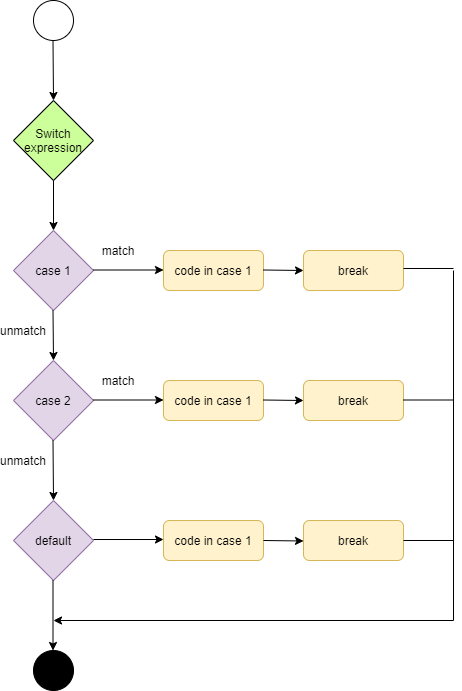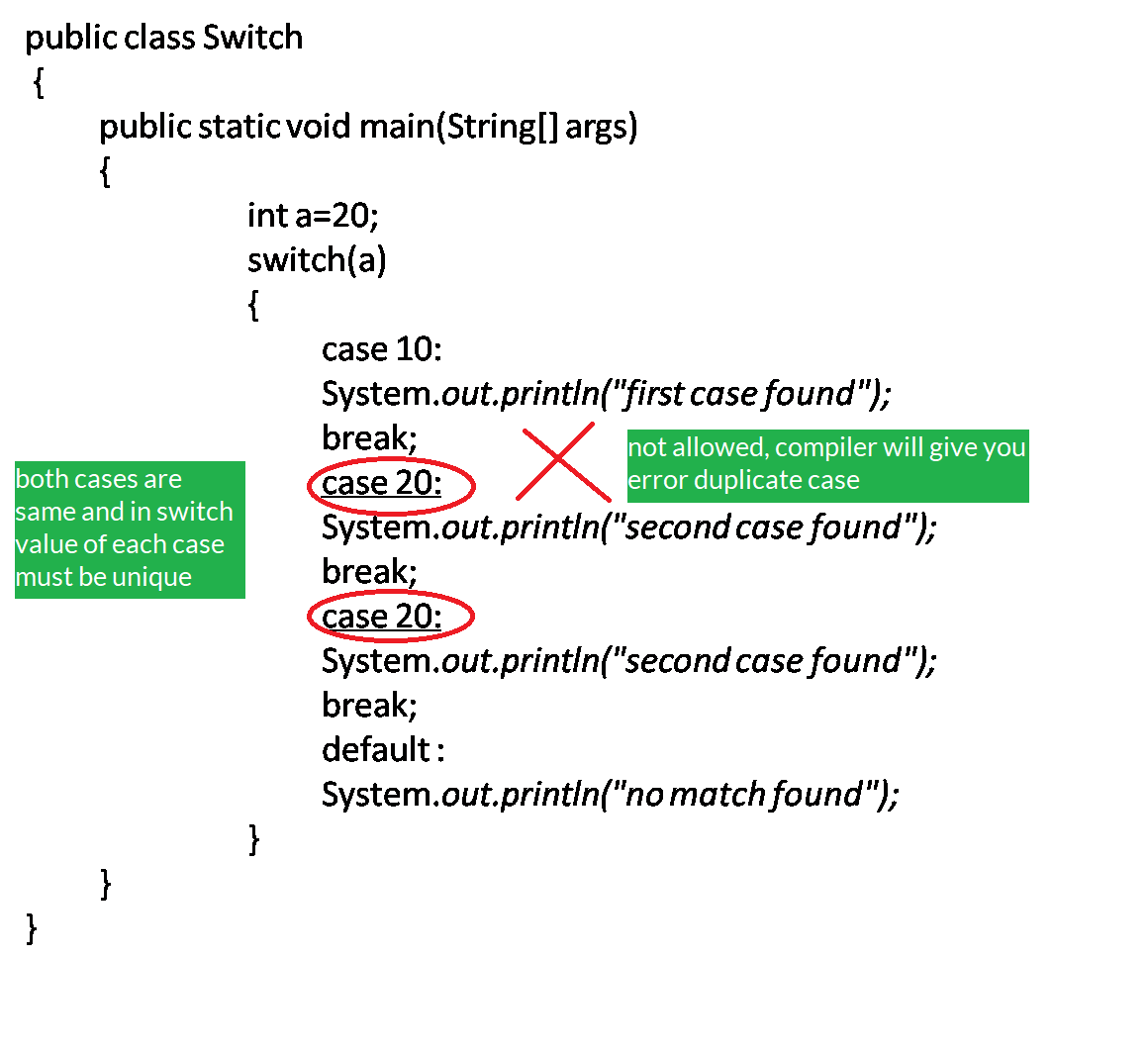
Redo log files are filled with redo records.Ī redo record, also called a redo entry, is made up of a group of change vectors, each of which is a description of a change made to a single block in the database. You can query a set of data dictionary views for information about the redo log. When FORCE LOGGING is set at one or more levels, the precedence of FORCE LOGGING settings determines what is logged in the redo log. You can set FORCE LOGGING and NOLOGGING at various levels, such as for a database, pluggable database (PDB), tablespace, or database object. You can configure the database to use checksums to verify blocks in the redo log files.Ī redo log file might become corrupted while the database is open, and ultimately stop database activity because archiving cannot continue. By default, a log switch occurs automatically when the current redo log file group fills. In some cases, you may want to drop an entire group of redo log members.Ī log switch occurs when LGWR stops writing to one redo log group and starts writing to another. You can use operating system commands to relocate redo logs, then use the ALTER DATABASE statement to make their new names (locations) known to the database. Relocating and Renaming Redo Log Members.For example, adding groups to a redo log can correct redo log group availability problems. However, there are situations where you might want to create additional groups or members.

Plan the redo log for a database and create all required groups and members of redo log files during database creation.


You can follow guidelines when configuring a database instance redo log. Every instance of an Oracle Database has an associated redo log to protect the database in case of an instance failure. The most crucial structure for recovery operations is the redo log, which consists of two or more preallocated files that store all changes made to the database as they occur.


 0 kommentar(er)
0 kommentar(er)
